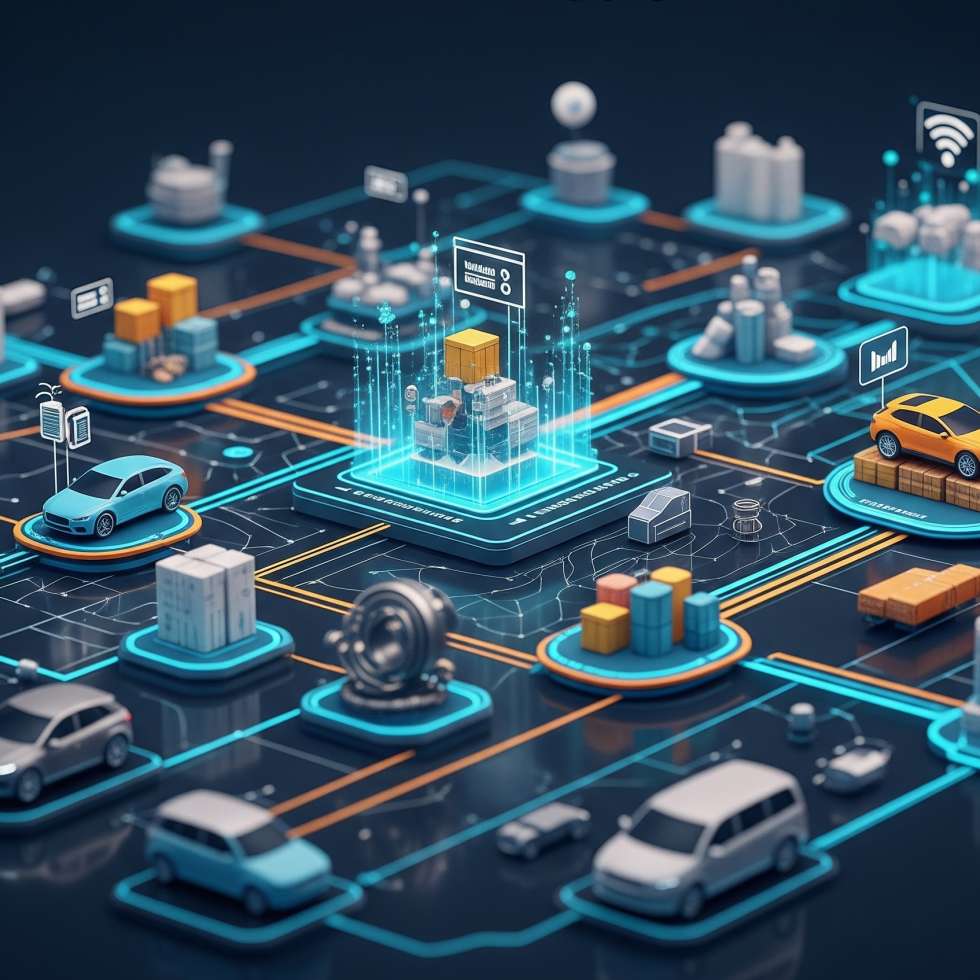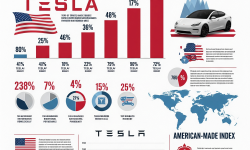
Introduction
The global automotive industry, particularly in India, is in a perpetual state of flux, constantly battling an array of disruptions to its intricate supply chains. From geopolitical tensions and trade wars to raw material shortages and technological shifts, building resilience is no longer an option but a survival imperative.
The Current Landscape: A Volatile Mix
- Geopolitical Tensions and Trade Wars:
- Tariff Surges: The U.S. “reciprocal tariff” policy and escalating trade tensions, especially between the U.S. and China, are significantly disrupting supply chains and driving up costs.
- Impact on India: India’s automotive sector, a major contributor to its GDP and employment, is highly susceptible to these shifts. Tariffs on imported components or vehicles could impact India’s competitiveness and ability to attract foreign investment.
- Nearshoring and Friendshoring: Companies are exploring nearshoring to countries like Mexico and “friendshoring” with geopolitically aligned nations to mitigate risks and avoid cross-border delays.
- Critical Raw Material Shortages:
- Rare Earth Elements (REEs): A severe shortage of REEs, particularly those controlled by China, is a critical concern. These elements are vital for electric, hybrid, and even some traditional ICE vehicle components, especially permanent magnet synchronous motors (PMSMs) used in EVs.
- China’s Export Controls: China’s stringent export controls on seven specific REEs (e.g., Neodymium, Dysprosium) are causing significant delays, with Indian firms facing unapproved export license applications as of June 2025.
- Domestic Impact: This directly impacts vehicle production, particularly EVs, with potential for production curtailment and delays in new model launches.
- Alternatives: While diplomatic efforts are ongoing, India is actively exploring alternative REE sources like Vietnam, Australia, and the U.S., but these lack the immediate processing capacity.
- Legacy Issues and Emerging Technologies:
- Post-Pandemic Fragility: The industry is still recovering from the fragile post-pandemic supply chain, which exposed weaknesses like over-reliance on just-in-time (JIT) models.
- Semiconductor Shortage Echoes: The current REE crisis is reminiscent of the prolonged semiconductor chip shortage, highlighting a recurring vulnerability to single-source dependencies.
- EV Transition Challenges: The shift to Electric Vehicles (EVs) introduces new complexities, including a highly consolidated EV component and battery supply chain, making local Indian suppliers susceptible to cost pressures.
- Software-Defined Vehicles (SDVs): The rise of SDVs means increased reliance on software and electronics, adding another layer of complexity and potential points of failure to the supply chain.
Strategies for Building Resilience: A Multifaceted Approach
- Enhanced Visibility and Data Analytics:
- End-to-End Visibility: Companies need complete visibility across their supply chains, from raw material sourcing to final delivery.
- Technology Integration: Leveraging AI, predictive analytics, IoT devices, and sensors for real-time monitoring of inventory, production, and market trends is crucial.
- Digital Twins: Creating digital replicas of supply chain networks helps simulate disruptions, identify chokepoints, and assess the impact of various scenarios.
- Diversification and Redundancy:
- Multi-Sourcing: Moving away from single-source reliance by engaging with multiple suppliers, ideally in different geographical regions.
- Regionalization: Shifting some component production closer to key markets to reduce logistics costs and exposure to trade barriers.
- Strategic Stockpiling: While historically avoided in JIT, strategic inventory holding of critical materials is gaining traction to mitigate short-term disruptions.
- Collaboration and Trust:
- Strong Partnerships: Fostering deeper, trust-based relationships with suppliers, manufacturers, and distributors.
- Information Sharing: Open communication and timely sharing of information to anticipate challenges and develop joint contingency plans.
- Early Supplier Involvement: Integrating suppliers early in product design and development, especially for new technologies like EVs, ensures alignment and reduces last-minute changes.
- Localization and Domestic Capacity Building:
- “Make in India” Push: The Indian government’s Production Linked Incentive (PLI) scheme encourages local manufacturing of EV components and batteries to de-risk supply chains and reduce import dependency.
- Semiconductor Fabs: India’s initiatives to establish silicon chip manufacturing plants aim to strengthen domestic supply for the automotive sector.
- R&D Investment: Increased investment in domestic R&D for automotive components, particularly for EVs, is vital to reduce reliance on imports and foster innovation.
- Agility and Adaptability:
- Flexible Production: Companies need the ability to quickly adjust production schedules and shift focus (e.g., from high-end to mid-range models during REE shortages).
- Continuous Monitoring: Constant vigilance over global economic, geopolitical, and technological shifts to proactively identify potential disruptions.
- Reskilling Workforce: Investing in reskilling and redeploying the workforce to adapt to new technologies and evolving supply chain demands.
The Road Ahead: Continuous Transformation
The battle for supply chain resilience in the automotive industry is an ongoing marathon, not a sprint. The Indian automotive sector, while poised for significant growth, must address internal execution gaps and foster a more collaborative ecosystem. The winners in this evolving landscape will be those who can launch, scale, and adapt faster, by embracing new systems and forming true partnerships that transcend traditional cost-cutting approaches. The future of automotive supply chain management in India lies in a dynamic interplay of technological adoption, strategic diversification, and robust collaboration across the entire value chain.










